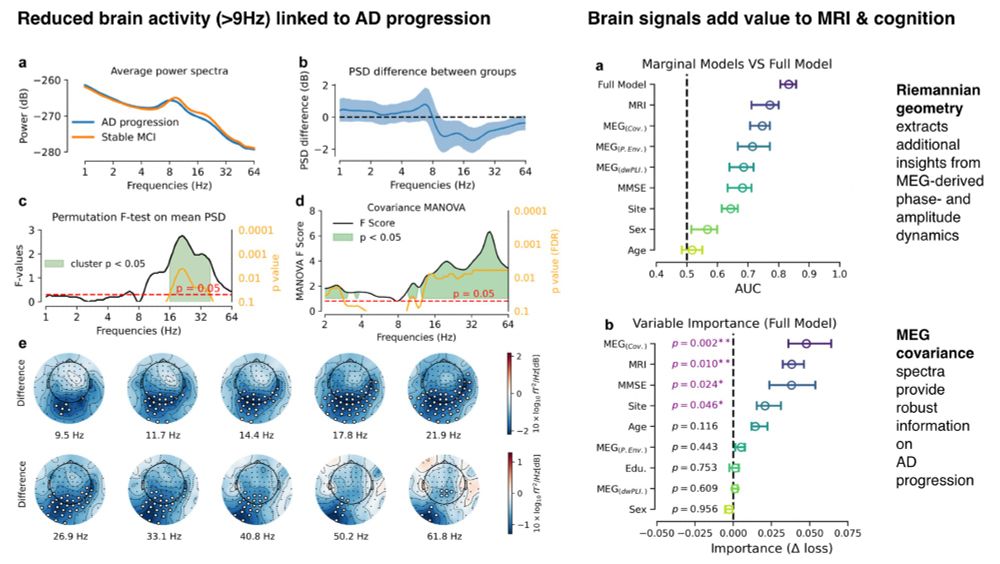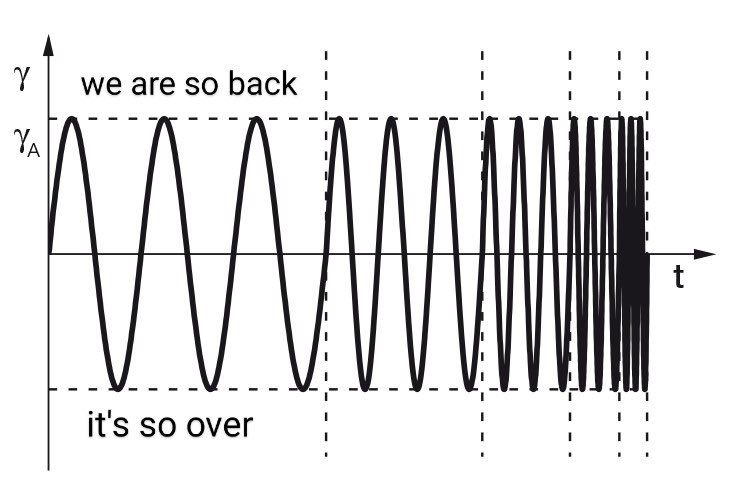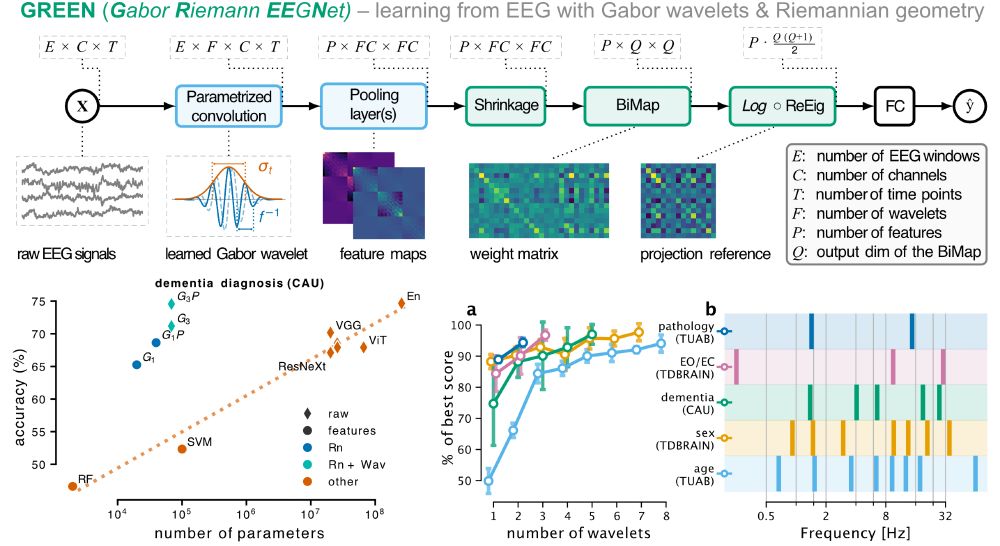

Project: Use causal inference & ML on proteomics to find causal drivers of Alzheimer's.
For: 3rd-year PhD candidates #Genomics #MachineLearning #CausalInference #CompBio #Alzheimers See details & apply here ➡️ t.co/zMuVjyMW26

Project: Use causal inference & ML on proteomics to find causal drivers of Alzheimer's.
For: 3rd-year PhD candidates #Genomics #MachineLearning #CausalInference #CompBio #Alzheimers See details & apply here ➡️ t.co/zMuVjyMW26






arxiv.org/abs/2407.03878
Apolline Mellot @sylvchev.bsky.social @agramfort.bsky.social @dngman.bsky.social
A thread: 1/7

arxiv.org/abs/2407.03878
Apolline Mellot @sylvchev.bsky.social @agramfort.bsky.social @dngman.bsky.social
A thread: 1/7

